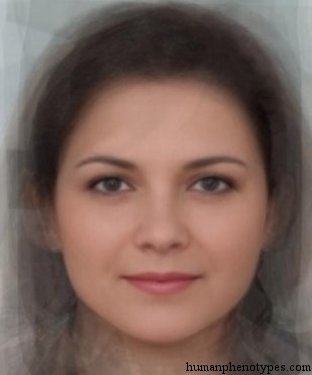Description
Short-headed group with roundish features, often brown-haired with fair to light-brown skin. Body tends to be thickset, height modest. Cheekbones weak, nose short and small, sometimes concave, chin small and round. Common in mountain regions of Central Europe and West Asia.
Developed during the Upper Paleolithic, could be connected to Ofnet types. Some of the Alpinid varieties probably developed independently through a process of convergent evolution. The low-skulled West Alpinids are regarded as the most typical representatives. In West Asia, high-skulled East Alpinids are common, in the Maghreb, African Alpinoids exist as a minority type. In Poland, the special East Alpinid variety "Gorid" can be found with a position closer to East Europid. A Strandid variety exists in Scandinavia. European colonists spread Alpinids all over the world (e.g. America).
Physical Traits
Height: Modest
Build: Thickset
Skull: Short-headed (brachycephalic)
Face: Roundish
Cheekbones: Weak
Nose: Short and small, sometimes concave
Chin: Small and round
Skin: Fair to light-brown
Hair color: Often brown
The Alpinid type is characterized by its brachycephalic (short-headed) skull shape and roundish facial features. The build tends toward stockiness with modest stature. Facial features include weak cheekbones, a short and small nose that may be concave, and a small, round chin. Coloration typically includes brown hair with skin ranging from fair to light-brown tones.
Literature References
The Alpinid type has been described under various names throughout anthropological literature:
- Eickstedt (1952) - Alpinid
- Vogel (1974) - Alpinid
- Knussmann (1996) - Alpinid
- Lundman (1988) - Alpin
- Hooton (1946) - Alpine
- Coon et al. (1950) - Alpine
- Cole (1965) - Alpine
- Vallois (1968) - Alpine
- Debets (1974) - Alpine
- Lapouge (1899) - Homo alpinus
- Deniker (1900) - Western European
- Biasutti (1967) - Alpina
- Broca (1868) - Keltoid








